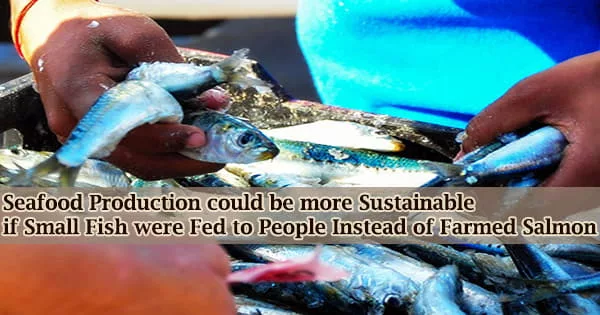A study conducted by the Leibniz Center for Agricultural Landscape Research (ZALF) and published in the journal Science of the Total Environment looked into silicon fertilization’s impact on wheat yields for the first time.
In a field test in Brandenburg, the plants produced much more biomass: Compared to conventionally farmed regions, yields jumped by 80%. The use of fertilizer considerably increased the soil’s capacity to store carbon and its water availability. This could increase the plants’ resistance to drought occurrences in the future.
Agriculture production must increase while remaining environmentally sustainable in order to secure the availability of food for a growing global population. Therefore, either the yield per area must grow or the area under cultivation must increase while the amount of energy needed for cultivation remains the same. The enormous levels of fertilizer used in current farming methods are not sustainable.
According to study findings by a team under the direction of Dr. Jörg Schaller, fertilizing a field with so-called “amorphous silicate” can boost the soil’s availability of nutrients and water. In an experiment on marginal land, silicon fertilizer at 1% enhanced wheat output by more than 80% in comparison to the control.
Natural, little-affected soils contain 6% to 7% amorphous silicate. Plants accumulate these highly reactive silicon compounds, which result from the weathering of rocks, as so-called plant opals in their stems and leaves. Here they lend stability and also ward off predators. Anyone who has ever cut themselves on cutting grass knows what is meant.
Dr. Jörg Schaller
In particular, the ability to store water can open up new potentials: Like a sponge, amorphous silicate attracts water molecules that accumulate in a gel shell around the silicate core. “If the top 20 centimeters of the soil layer have 1% more silicate, we have about 40% more plant-available water,” says Jörg Schaller, describing the results of his experiments.
In a drought, this additional water could be life-supporting for the plant until the next downpour and thus reduce crop losses.
Better plant growth, more carbon sequestration
After silicon fertilization, the plant biomass doubled as a result of the increased water availability in the soil. As a result, yields rise and more biomass is produced. More organic carbon is also introduced to the soil in the form of straw as a result of the increased biomass output, where it is fixed and helps to improve the soil.
“Natural, little-affected soils contain 6% to 7% amorphous silicate,” Schaller explains. Plants accumulate these highly reactive silicon compounds, which result from the weathering of rocks, as so-called plant opals in their stems and leaves. Here they lend stability and also ward off predators. “Anyone who has ever cut themselves on cutting grass knows what is meant,” Schaller says.
In natural systems, the compounds pass back into the soil as soon as the plant dies and rots. On agricultural land, this cycle is interrupted. Particularly cereals absorb significant amounts of silicon through their roots and store it in the biomass as amorphous silicates.
With the harvest, some of it then disappears again from the cycle and the soil. After being exploited for decades or centuries, agricultural soils gradually lost their fertility. Today, they typically contain less than 1% of the original amount of amorphous silicate.
Risks must be analyzed further
More research is needed, however, especially on possible negative effects. For instance, if the field is treated with an excessive amount of amorphous silicate, a considerable amount of nutrients may be released quickly. The worst-case scenario is that the nutrients are washed out and into bodies of water, where they may encourage the growth of algae.
In any case, fertilizing with silicon is a one-time procedure to replace the soil’s resources. The effects of fertilization should persist for several decades after being applied to the soil. Overall, silicon fertilization might make agricultural production more environmentally responsible and sustainable while reducing global warming.















